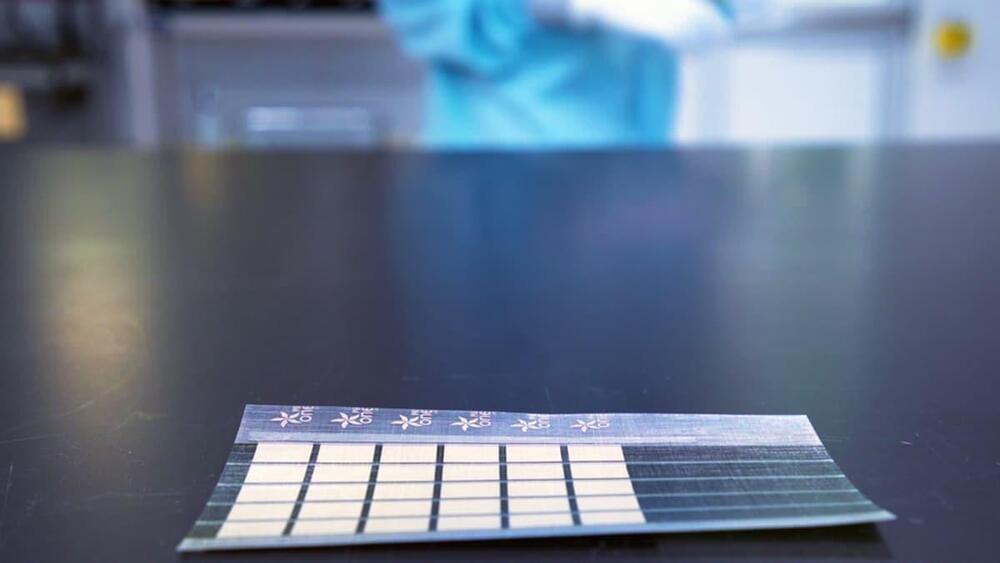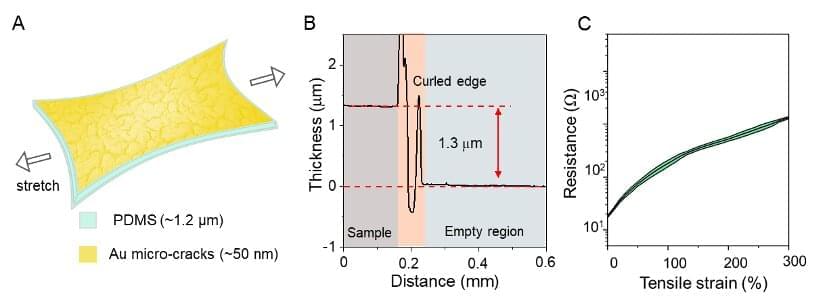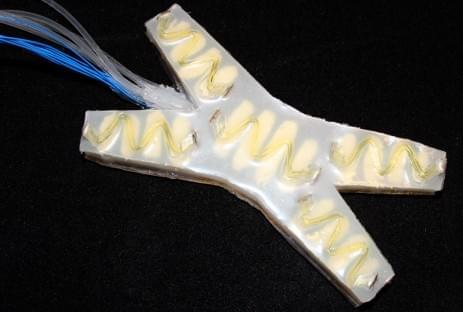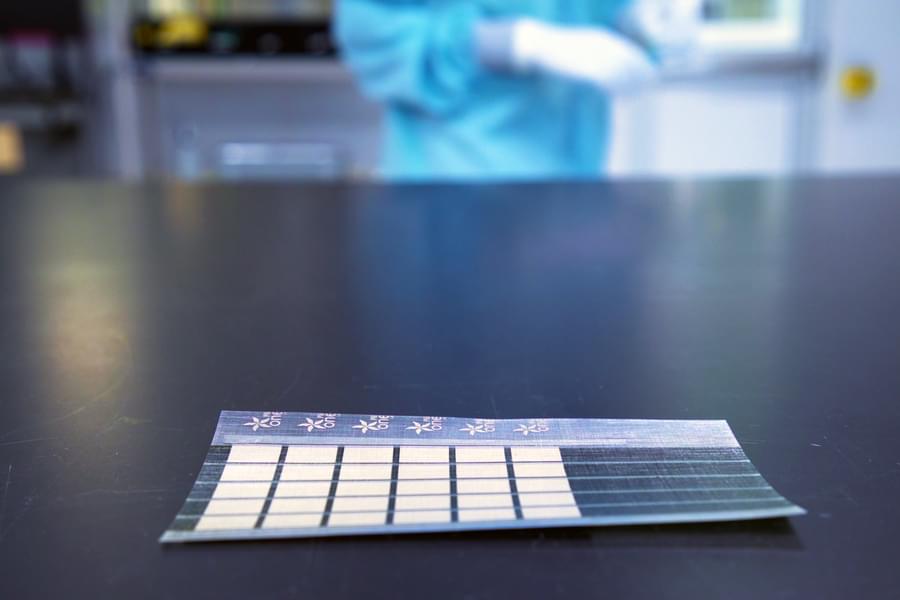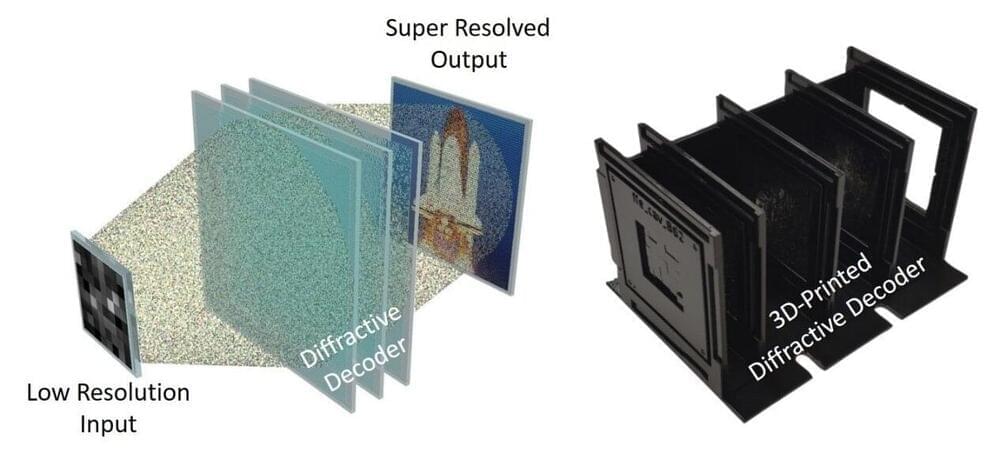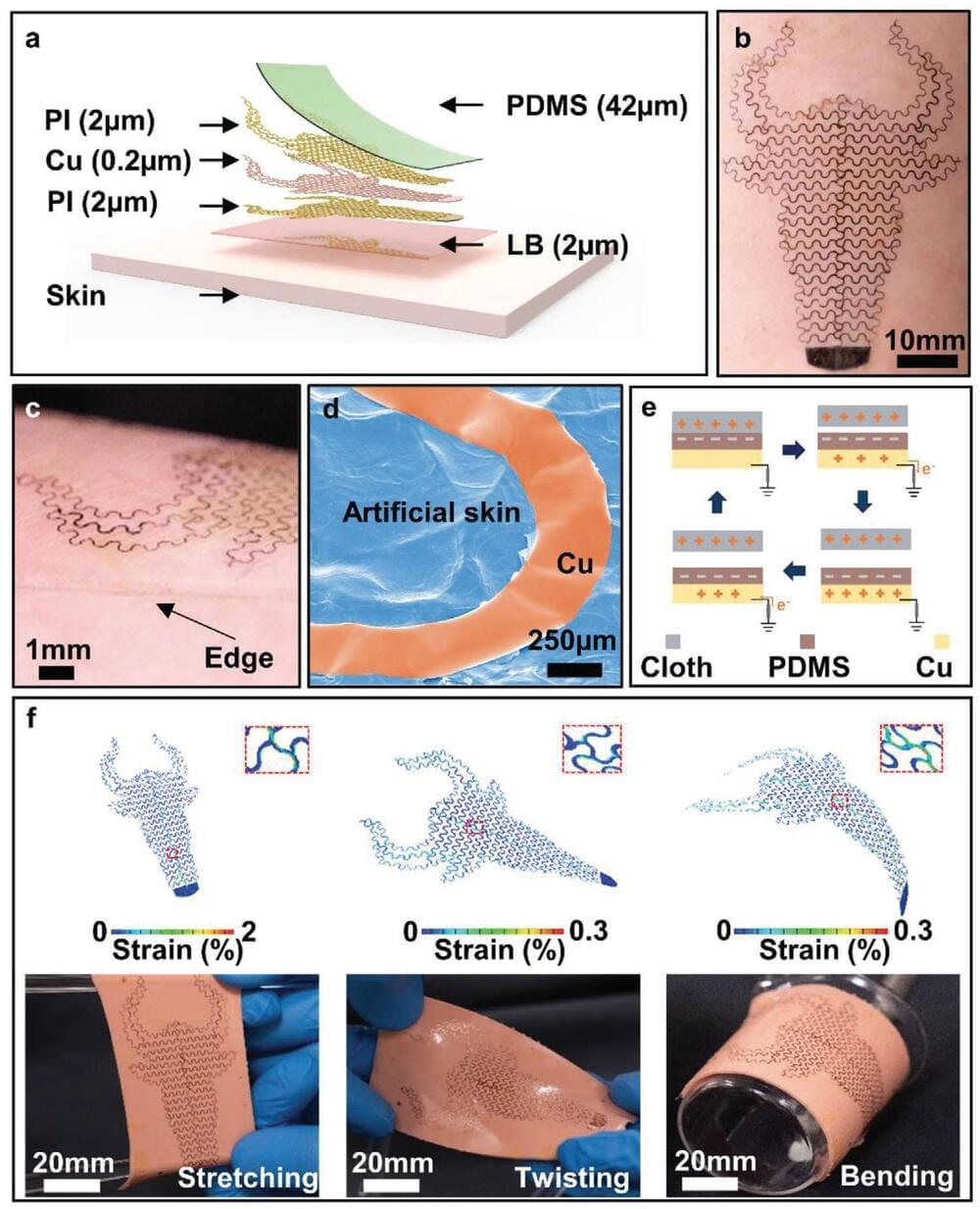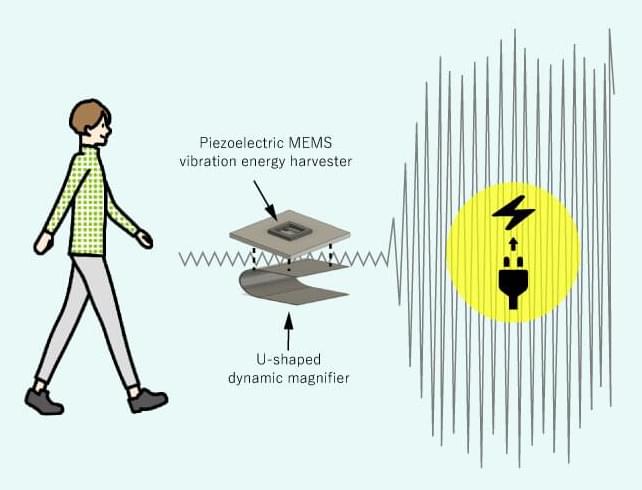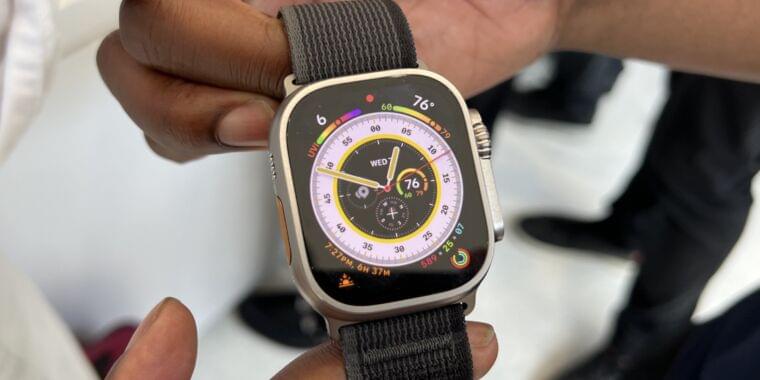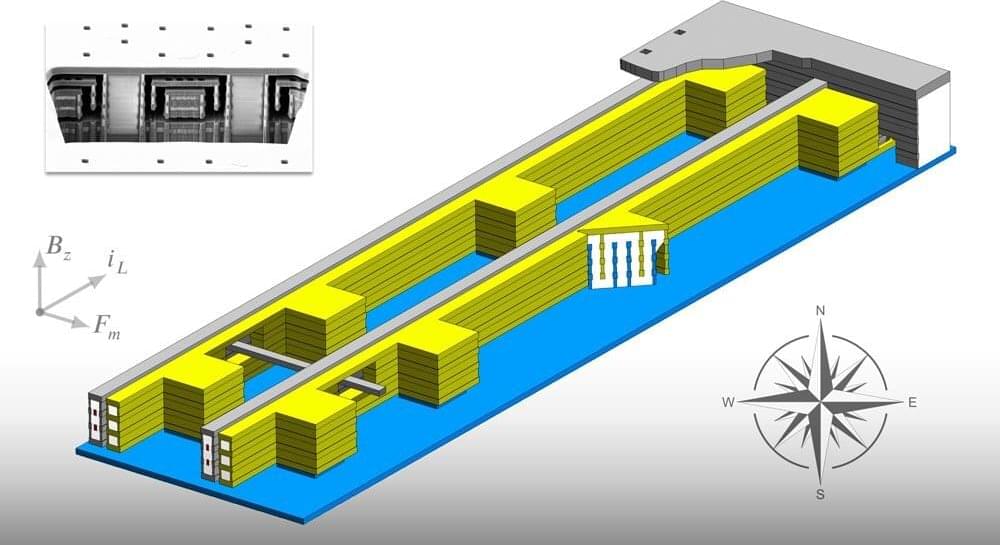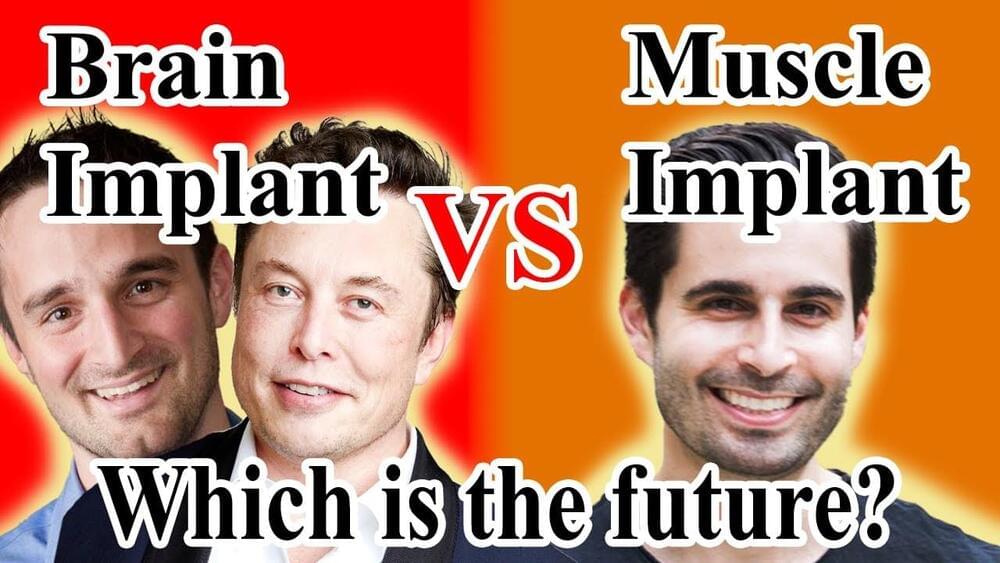Dec 12, 2022
MIT’s slimmed-down solar cells would add only 20 kg to a rooftop
Posted by Raphael Ramos in categories: solar power, sustainability, wearables
Solar cell technology is a seen as a key pillar in our transition to cleaner forms of energy, but within this field there is all kinds of room for experimentation. Solar cells that are thin and flexible hold unique promise in the area, as they could be applied to all kinds of irregular, curvy or otherwise unsuitable surfaces. Thinner than a human hair, a new lightweight solar cell from MIT scientists continues to push the envelope in this space.
The MIT team behind the technology sought to build on its previous advances in material science, which in 2016 culminated in ultra-thin solar cells light enough to sit atop a soap bubble without breaking it. As is the case with other thin, light and flexible solar cells we’ve looked at over the years, this pointed to all kinds of possibilities, from paper-based electronics to lightweight wearables that harvest energy throughout your day.
Despite the potential, the team still had some problems to solve, with the fabrication technique for the solar cells requiring vacuum chambers and expensive vapor deposition methods. In order to scale the technology up, the scientists have now turned to ink-based printable materials to streamline the process.
